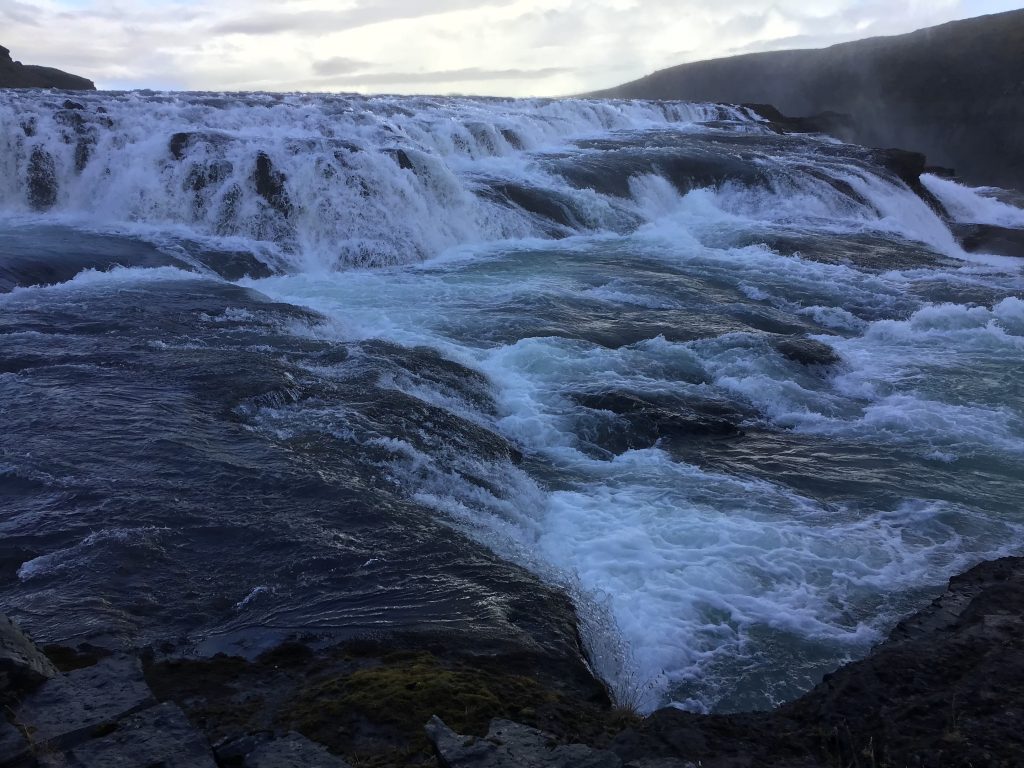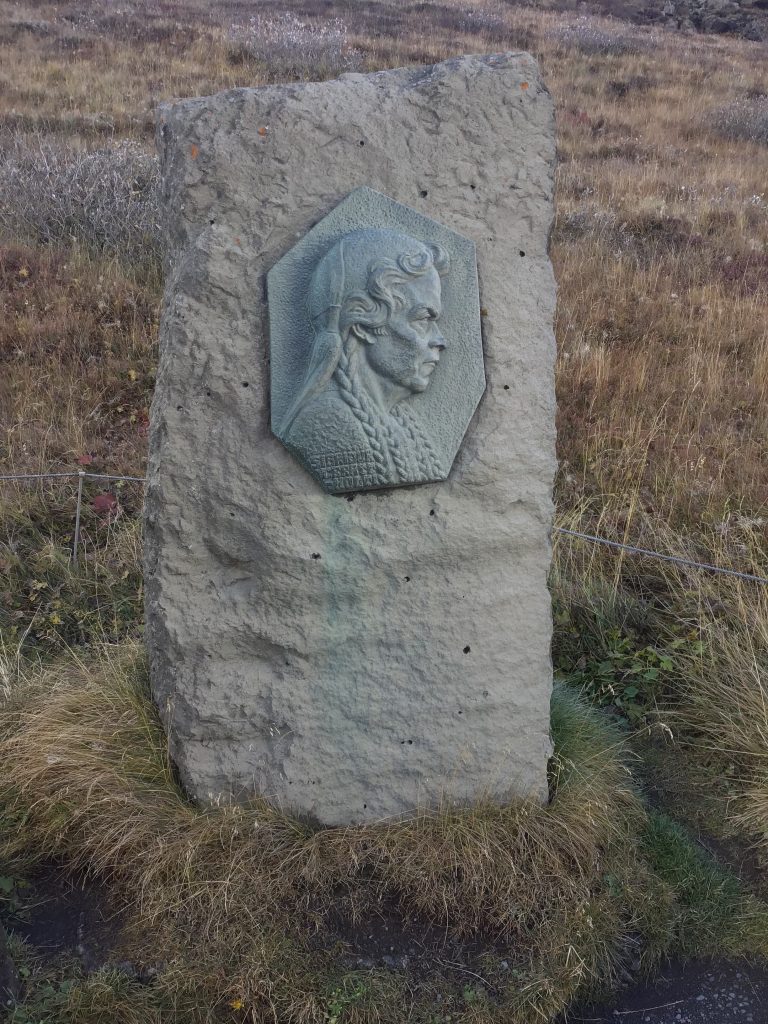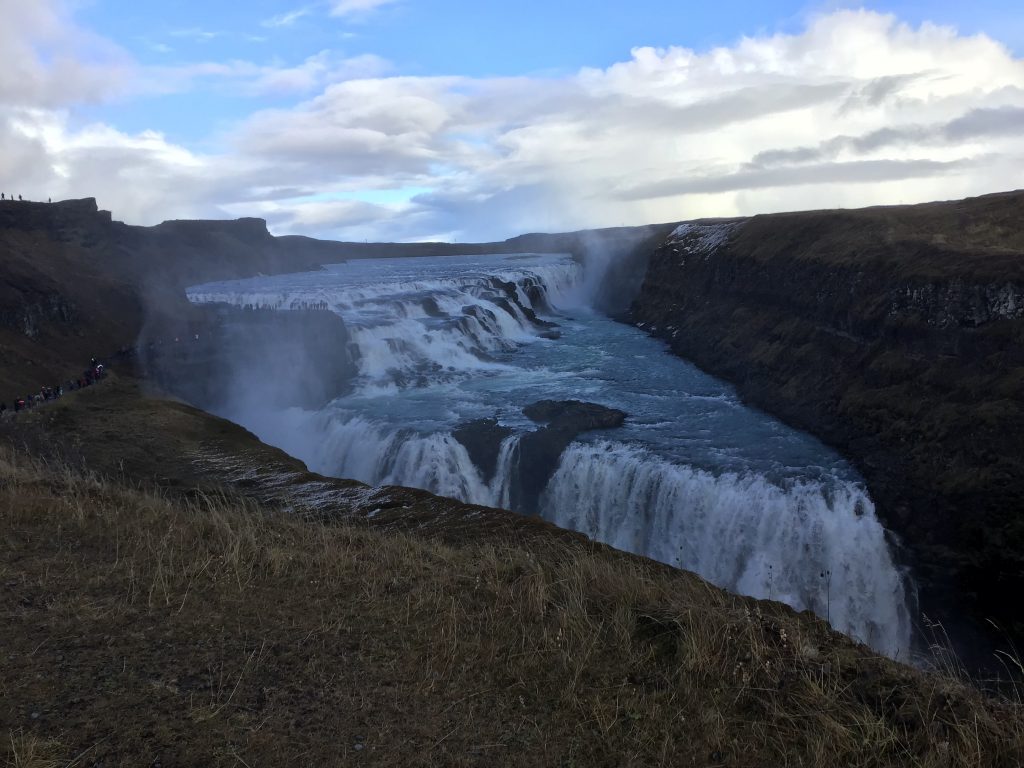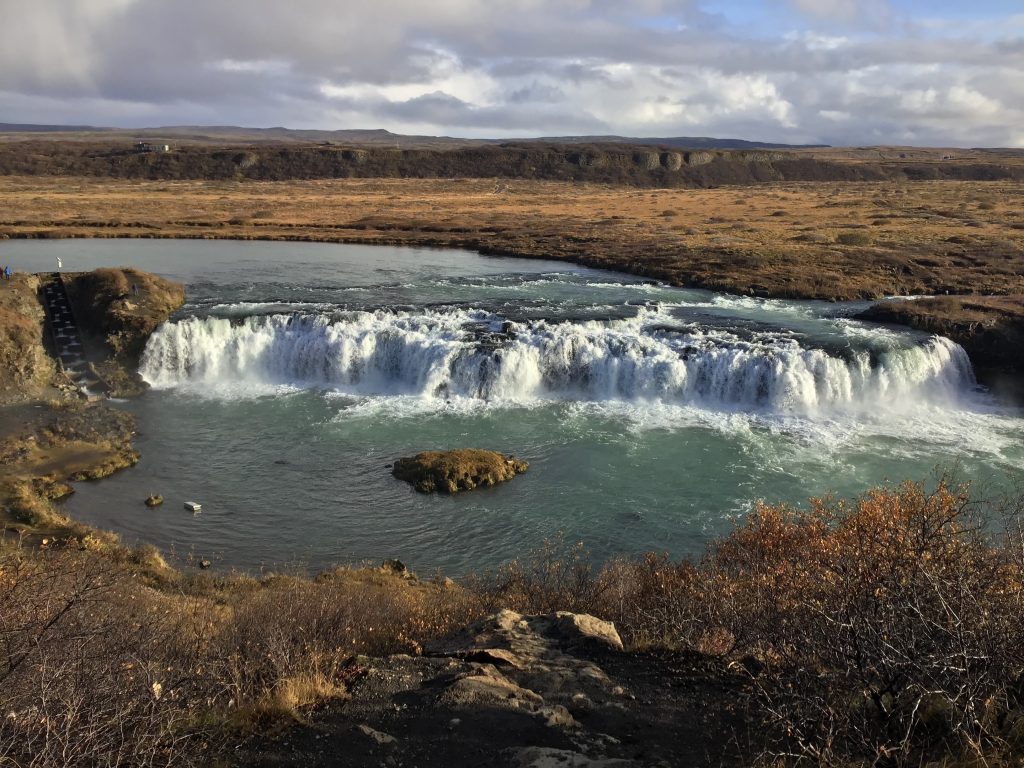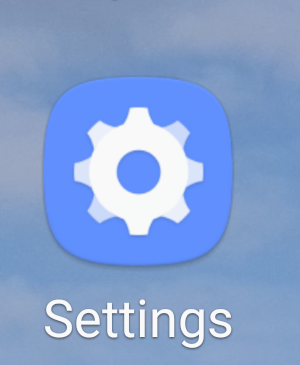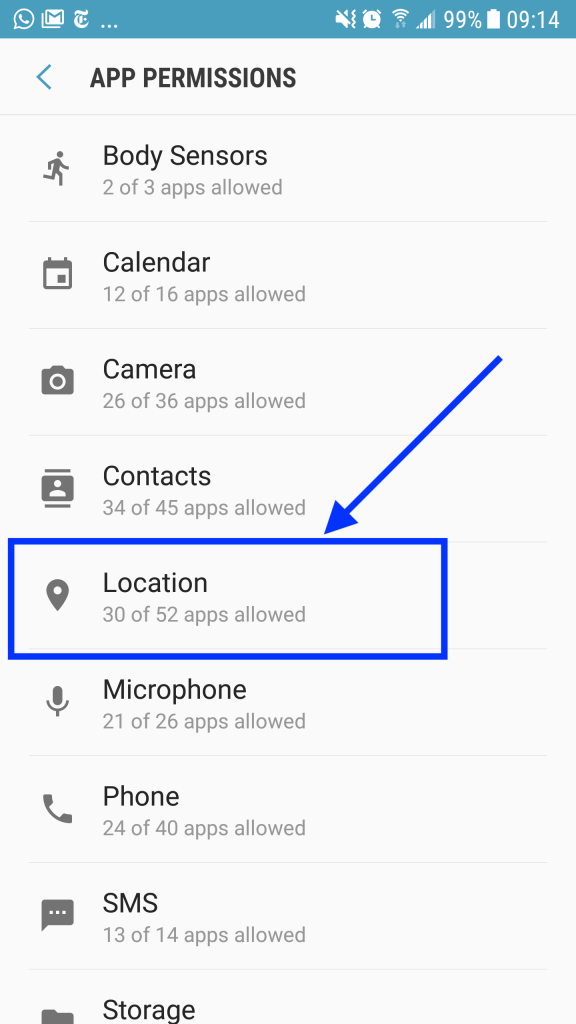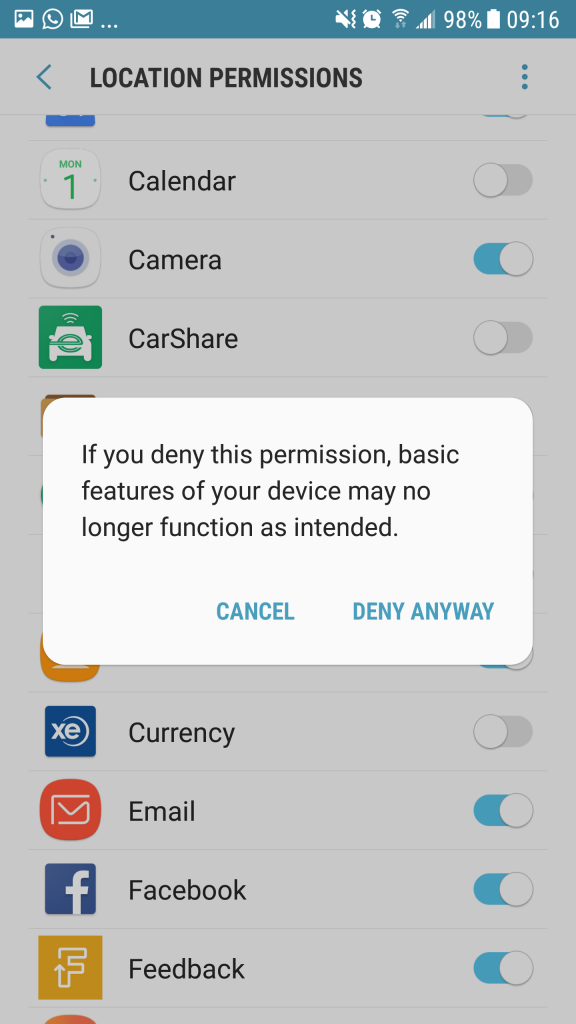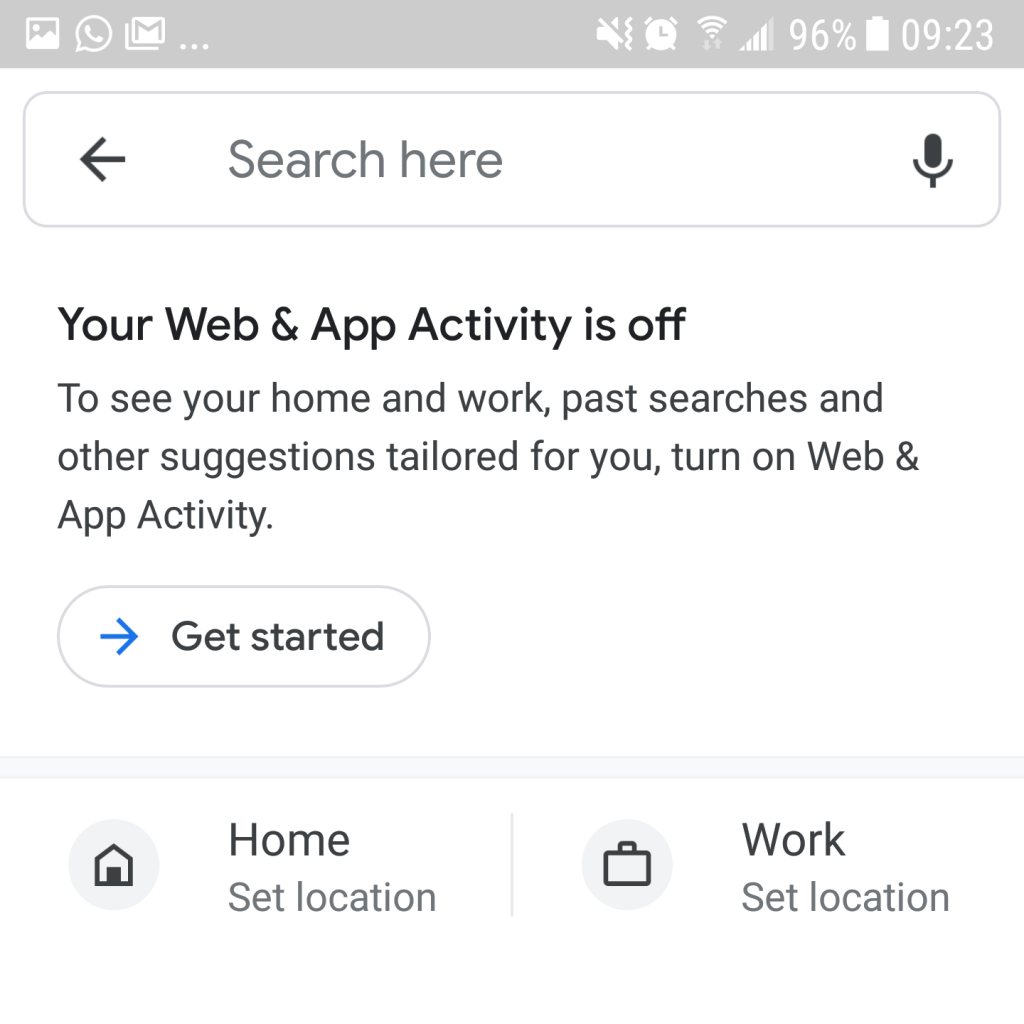In the news coverage for the two latest shootings in the U.S. (El Paso, TX and Dayton, OH), the web-based communication forum 8chan keeps getting mentioned as a possible connection point with one of them. 8chan has long been known as a place where people can post and discuss ideas that are controversial or not politically correct.
In a previous post about The Rules of Global Language, I briefly questioned what happens to people when they are removed, or censored, from more mainstream platforms like Twitter and Facebook. Often, these people find another platform where they can gain support and encouragement for their ideas.
The kind of language posted on social media platforms, and thoughts around how to regulate, censor, or control it, are tricky problems to address. On one side, especially in North America, we subscribe to the idea of free speech (with some restrictions in specific contexts, for example, if it’s hateful or infringing on the rights of others). In some ways, it’s healthy to have dialogues of differing opinions out in the open where hateful and discriminatory thoughts can be discussed and refuted.
In library school, a professor of mine was fond of saying that sunlight is a powerful disinfectant. What she meant was that it’s healthy to discuss our ideas openly. However, this can’t and won’t happen when people lurk in the deep recesses of the dark web, secretly gaining support and momentum for their violent, objectionable ideas until they are ready for action. Unfortunately, the president’s tweets, a public, mainstream form of communication, only serves to validate some of these violent actions fomenting in the communication forums of the dark web.
On the other side, social media companies are increasingly looking for ways to censor, or remove, objectionable and controversial content from their platforms. Real people have been harmed from disinformation and propaganda being spread through these platforms. However, as discussed earlier, people removed from the mainstream end up in the dark web building strength, where nobody knows about them until the actions are performed, resulting in more senseless and violent deaths.
So how responsible is a communication forum, like 8chan, for some of these recent shootings? It’s true that the gunmen may have committed the crimes without the support or encouragement from a web-based forum, but would their ideas have been allowed to develop so fully? Or with so much encouragement?

